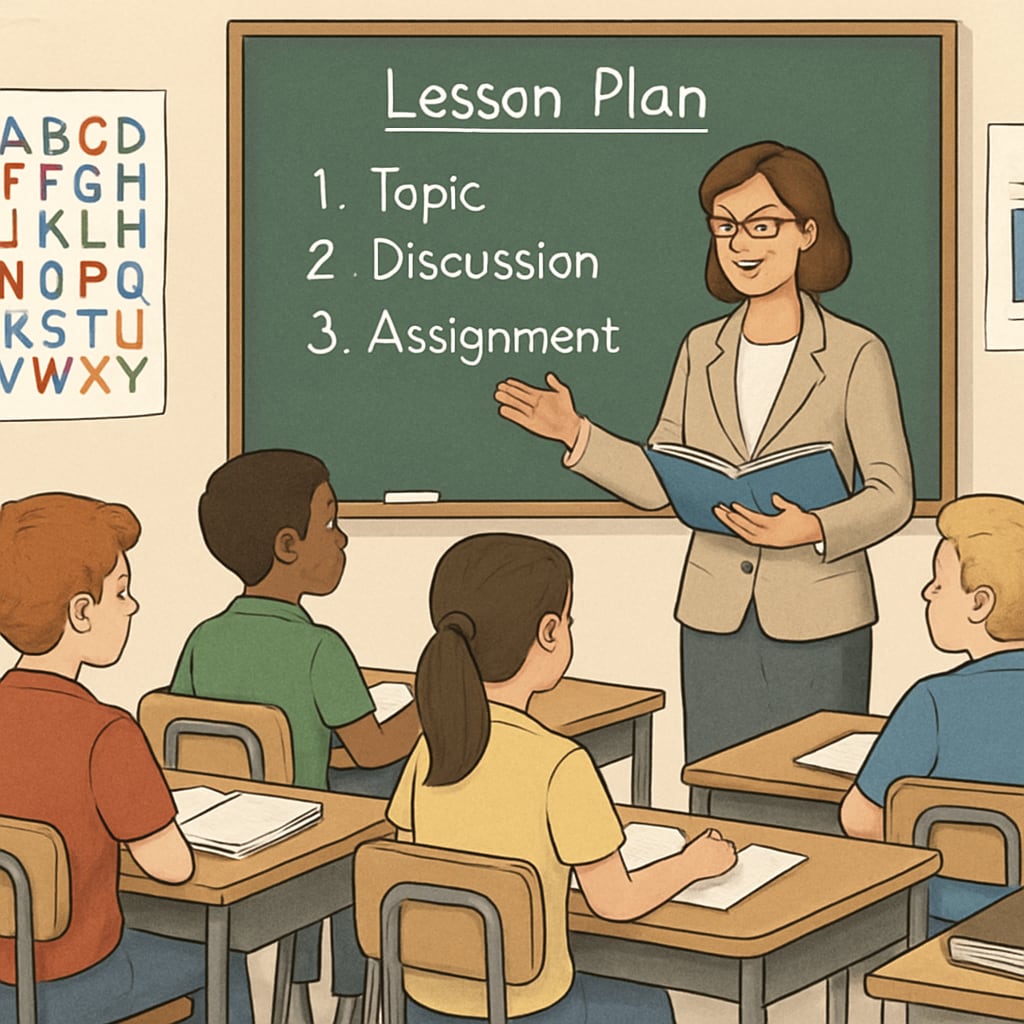When it comes to effective education in the K-12 years, finding the right balance between structured learning and self-exploration is essential. Both learning methods hold unique advantages and cater to different academic goals and student profiles. This article will delve into the factors that should influence the choice of learning approach, including specific objectives, individual student traits, and the nature of the subject. Striking the right balance can help educators and parents create a learning environment where students thrive.
Structured Learning: Strengths and Suitability
Structured learning refers to a highly organized approach to education, often characterized by guided lesson plans, clear objectives, and well-defined benchmarks. This method is especially effective when students need to acquire foundational skills or master subjects requiring step-by-step progression, such as mathematics or grammar.
- Clarity and Consistency: Structured learning provides a clear roadmap, helping students understand what they need to achieve at each stage.
- Accountability: With regular assessments and feedback, students can track progress and address weaknesses promptly.
- Supportive Framework: For students who thrive under guidance or struggle with self-motivation, structured learning offers the necessary scaffolding to stay on track.
For example, a student learning algebra for the first time may benefit from a structured curriculum that introduces concepts in a logical sequence. This ensures that foundational knowledge is built before tackling advanced topics.

Self-Exploration: Encouraging Independence and Creativity
Self-exploration, also known as self-directed learning, allows students to take charge of their education. This method fosters curiosity, critical thinking, and creativity, making it particularly suitable for open-ended subjects like art, literature, or project-based learning.
- Intrinsic Motivation: Students engaged in self-exploration are often driven by personal interests, leading to deeper engagement with the material.
- Adaptability: This approach encourages students to take initiative, develop problem-solving skills, and adapt to new challenges independently.
- Flexibility: Without rigid structures, students can explore topics at their own pace, diving deeper into areas that fascinate them.
For instance, a student interested in environmental science may choose to research local ecological issues, conduct experiments, and present findings. This hands-on exploration can provide a richer, more meaningful learning experience than a traditional classroom setting.

Factors to Consider When Choosing a Learning Approach
Deciding between structured learning and self-exploration—or finding the right mix—depends on several key factors:
- Learning Goals: Structured learning is ideal for achieving specific, measurable objectives, while self-exploration suits broader, open-ended goals.
- Student Traits: Consider the student’s learning style, motivation level, and ability to work independently. Some students excel with guidance, while others thrive under autonomy.
- Subject Matter: Subjects requiring sequential skill-building, like mathematics, benefit from structure, whereas exploratory subjects, like creative writing, may allow more freedom.
Ultimately, the choice should be tailored to the individual needs of the student. A hybrid approach that combines the strengths of both methods often proves most effective.
Striking the Right Balance
In practice, a blended learning approach can offer the best of both worlds. For example, students can follow a structured curriculum during school hours and engage in self-directed projects or extracurricular activities afterward. This balance ensures that they develop both foundational skills and the ability to think critically and creatively.
Parents and educators play a crucial role in monitoring progress and adjusting the mix of methods as needed. Regular check-ins, open communication, and adapting to feedback can create a dynamic, student-centered learning environment.
As education evolves, the ability to combine structured learning with opportunities for self-exploration will become increasingly important. By understanding the strengths of each method and tailoring approaches to individual needs, we can empower students to reach their full potential.
Readability guidance: Use concise paragraphs with clear headings. Include bullet points and lists to summarize key ideas. Maintain a balance between short and medium-length sentences, and ensure smooth transitions between sections.


